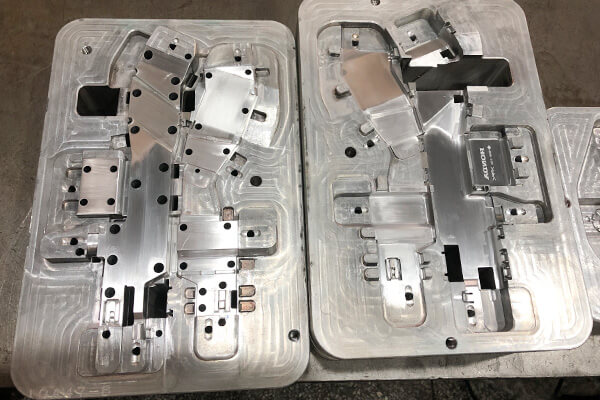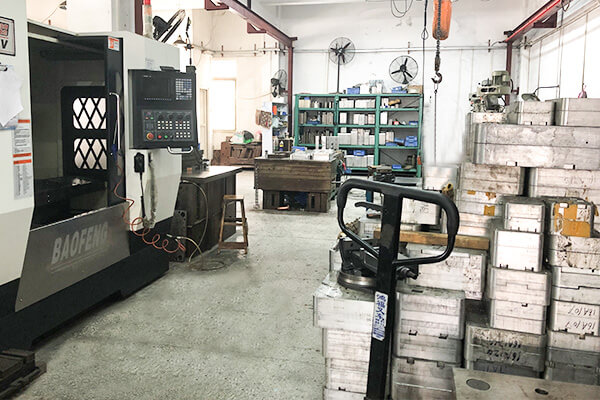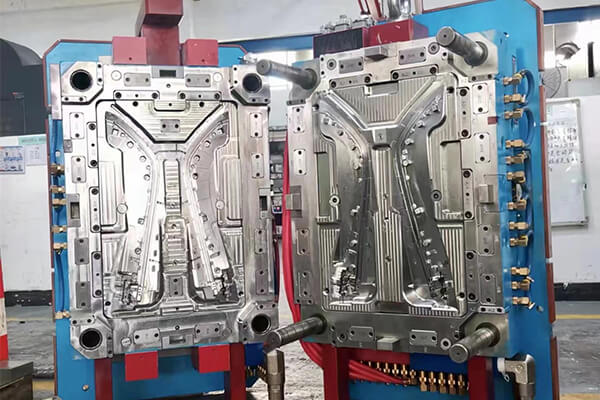The Pros and Cons of Aluminum Injection Molds in Plastics Manufacturing
Aluminum injection molds are a reliable and efficient tooling solution for plastics manufacturing. They offer a range of benefits, including cost-effectiveness, precision, and fast turnaround times, making them an attractive option for a variety of applications in the plastic industry.
Compared to traditional steel molds, aluminum molds offer several advantages, including faster turnaround times, lower costs, and the ability to produce small to medium volume runs. Aluminum injection molds are ideal for producing small to medium volume runs.
What Are Aluminum Injection Molds?
Aluminum injection molds are tooling used in the injection molding process, made of aluminum. They are used to create plastic products by injecting molten plastic material into a mold cavity, which then cools and solidifies to form the final product. Aluminum injection molds are known for being lightweight, easy to handle, and having a low cost of production. They are ideal for short production runs and have good thermal conductivity. However, they are not suitable for complex part designs, have a shorter lifespan compared to steel molds, and require anodizing or plating to achieve the same level of hardness as steel molds.
Aluminum Injection Molds Use in Plastics Manufacturing
Aluminum injection molds are commonly used in plastic manufacturing for a variety of applications. They are ideal for small run injection molding production and are often used for prototyping and testing designs before moving to higher volume production with steel molds. Aluminum molds are also used for smaller parts that do not require complex designs.
Manufacturing of Aluminum Injection Molds
The manufacturing process of aluminum injection molds involves several steps. Here is an overview of the process:
- Design: The first step in manufacturing an aluminum injection mold is to create a design that meets the requirements of the plastic part to be produced. The design will include the size, shape, and features of the mold.
- Material selection: The next step is to select the appropriate aluminum alloy for the mold. Factors such as strength, thermal conductivity, and corrosion resistance will be considered when selecting the material.
- CNC Machining: The mold design is then transferred to a computer numerical control (CNC) machine. The CNC machine will cut the aluminum block into the desired shape and size of the mold.
- Heat Treatment: The aluminum mold is then heat treated to improve its strength and durability. This process involves heating the mold to a specific temperature and then cooling it down slowly.
- Surface Treatment: The aluminum mold may undergo surface treatments such as anodizing, hard chrome plating, or electroless nickel plating to improve its wear resistance, corrosion resistance, and release properties.
- Assembly: The different parts of the mold, such as the core and cavity, are assembled together to create the final mold.
- Testing: The finished mold is then tested to ensure that it meets the requirements of the plastic part to be produced. Tests may include checking for proper fit, function, and durability.
- Production: Once the mold has been tested and approved, it can be used in the injection molding process to produce plastic parts.
The quality of the injection mold is critical to the success of the injection molding process, and careful attention is given to each step of the manufacturing process to ensure that the mold meets the requirements of the plastic part to be produced.

What Plastics Can Be Molded with Aluminum Injection Molds?
Aluminum injection molds can mold a variety of plastics, but there are some limitations. The type of plastic that can be used in an aluminum injection mold depends on factors such as the temperature, pressure, and duration of the molding process. Here are some of the plastics that can be molded with aluminum injection molds:
- Polypropylene (PP): Polypropylene is a versatile thermoplastic that can be molded using aluminum injection molds. It is commonly used in the automotive and packaging industries.
- Polystyrene (PS): Polystyrene is a rigid, brittle plastic that can be molded using aluminum injection molds. It is commonly used in the packaging industry.
- Polyethylene (PE): Polyethylene is a lightweight, flexible plastic that can be molded using aluminum injection molds. It is commonly used in the packaging and automotive industries.
- Acrylonitrile Butadiene Styrene (ABS): ABS is a tough, rigid plastic that can be molded using aluminum injection molds. It is commonly used in the automotive and consumer goods industries.
- Polyamide (PA): Polyamide, also known as nylon, is a strong, lightweight plastic that can be molded using aluminum injection molds. It is commonly used in the automotive and aerospace industries.
- Polycarbonate (PC): Polycarbonate is a strong, transparent plastic that can be molded using aluminum injection molds. It is commonly used in the automotive, electronics, and medical industries.
It is important to note that some plastics may be more challenging to mold with aluminum injection molds than others. For example, plastics that require high temperatures or high pressure may be better suited for use with steel molds. In addition, plastics that contain abrasive or corrosive materials may cause more wear and tear on the aluminum molds, shortening their lifespan.
What Surface Treatments Can Aluminum Injection Molds Do?
Aluminum injection molds can undergo several surface treatments to improve their durability, wear resistance, and corrosion resistance. Surface treatments can also improve the release of the molded parts from the mold and reduce the risk of flash. Here are some of the common surface treatments used for aluminum injection molds:
- Anodizing: Anodizing is a process that involves creating a layer of oxide on the surface of the aluminum mold. This layer improves the mold’s corrosion resistance, wear resistance, and hardness. Anodizing can also improve the release of the molded parts from the mold.
- Hard Chrome Plating: Hard chrome plating involves applying a layer of chromium to the surface of the aluminum mold. This layer improves the mold’s wear resistance, hardness, and corrosion resistance. Hard chrome plating can also improve the release of the molded parts from the mold.
- Electroless Nickel Plating: Electroless nickel plating involves depositing a layer of nickel onto the surface of the aluminum mold. This layer improves the mold’s wear resistance, hardness, and corrosion resistance. Electroless nickel plating can also improve the release of the molded parts from the mold.
- Thermal Spraying: Thermal spraying involves applying a layer of metal or ceramic to the surface of the aluminum mold using a high-temperature process. This layer improves the mold’s wear resistance, hardness, and corrosion resistance.
- PVD Coating: PVD coating involves depositing a thin layer of metal onto the surface of the aluminum mold using a vacuum process. This layer improves the mold’s wear resistance, hardness, and corrosion resistance.
In conclusion, aluminum injection molds can undergo several surface treatments to improve their durability, wear resistance, and corrosion resistance. Anodizing, hard chrome plating, electroless nickel plating, thermal spraying, and PVD coating are some of the common surface treatments used for aluminum injection molds. The choice of surface treatment depends on the specific requirements of the molding process and the type of plastic being used.
Applications of Aluminum Injection Molds in Injection Molding
Aluminum injection molds have several applications in injection molding. While they have some limitations compared to steel molds, they are ideal for certain applications and offer a number of advantages. Here are some of the applications of aluminum injection molds in injection molding:
- Prototyping: Aluminum injection molds are commonly used for prototyping and testing designs before moving to steel molds for higher volume production runs. They are cheaper and quicker to produce than steel molds, making them a cost-effective solution for prototyping.
- Small run injection molding: Aluminum injection molds are ideal for short production runs where only a small quantity of parts is needed. They are cheaper to produce than steel molds and can be produced quickly, making them a good option for small production runs.
- Low-volume production: Aluminum injection molds are also used for low-volume production runs where the cost of a steel mold is not justified. They offer a cost-effective solution for producing a small number of parts.
- Small parts: Aluminum injection molds are ideal for creating small plastic parts that do not require complex designs. They are lightweight and easy to handle, making them a good option for small parts.
- Low-pressure molding: Some injection molding processes require low-pressure molding, and aluminum molds are well-suited to this application. They are able to handle lower pressure and can produce parts with thinner walls.
- High thermal conductivity: Aluminum injection molds have high thermal conductivity, which helps to cool the plastic material quickly, reducing cycle time and increasing production efficiency.
In conclusion, aluminum injection molds have several applications in injection molding. They are ideal for prototyping, short production runs, low-volume production, small parts, low-pressure molding, and high thermal conductivity applications. Aluminum injection mold can meet the needs of on-demand manufacturing. While they have some limitations compared to steel molds, they offer a cost-effective solution for certain applications.
Advantages of Aluminum Injection Molds
The use of aluminum injection molds in plastic manufacturing offers several benefits, including:
- Lightweight and easy to handle: Aluminum molds are much lighter than steel molds, making them easier to handle and transport.
- Low cost of production: Aluminum molds are less expensive to produce than steel molds, making them an attractive option for small production runs.
- Quick turnaround time: Aluminum molds can be produced quickly and have a shorter lead time than steel molds, allowing for faster production.
- Good thermal conductivity: Aluminum has excellent thermal conductivity, which helps to cool the plastic material quickly, reducing cycle time and increasing production efficiency.
Disadvantages of Aluminum Injection Molds
However, aluminum molds have some limitations, including:
- Not suitable for complex part designs: Aluminum molds cannot handle complex part designs and are limited in their ability to create intricate details and shapes.
- Shorter lifespan compared to steel molds: Aluminum molds have a shorter lifespan than steel molds and are more prone to wear and tear. It requires anodizing or plating to achieve the same level of hardness as steel molds.
- Prone to flash during molding: Aluminum molds are more susceptible to flash, which is excess plastic material that seeps into the mold seams during the injection process.
- Cannot handle aggressive materials: Aluminum molds cannot handle aggressive materials like ASA/glass-filled Nylon and Ultem, which require steel molds.
Despite these limitations, the use of aluminum injection molds in plastic injection manufacturing can be an effective and cost-efficient solution for certain applications.
What Are Steel Injection Molds?
Steel injection molds are tooling used in the injection molding process, made of steel. They are used to create plastic products by injecting molten plastic material into a mold cavity, which then cools and solidifies to form the final product. Steel injection molds are known for their durability, long lifespan, and ability to handle complex part designs.
Steel molds are a popular choice for high-volume production runs and complex part designs. They offer durability, long lifespan, and the ability to handle aggressive materials, making them a reliable and cost-effective solution for many manufacturing needs.
Comparison Aluminum Injection Molds with Steel Molds
Aluminum injection molds and steel injection molds are both used in the injection molding process to create plastic products, but they have some significant differences and advantages. Here are some of the key differences between the two types of molds:
Cost: Aluminum molds are cheaper to manufacture than steel molds. They are often used for low volume production, prototyping, and testing designs. Steel molds are more expensive but can handle high volume production runs.
- Weight: Aluminum molds are lightweight, making them easier to handle and transport than steel molds, which are heavier.
- Lifespan: Steel molds have a longer lifespan than aluminum molds. They can withstand high-volume production runs and are more resistant to wear and tear.
- Complex designs: Steel molds are better suited for intricate and complex designs, whereas aluminum molds have limitations in creating intricate details and shapes.
- Corrosion resistance: Steel molds are more corrosion-resistant than aluminum molds. They can handle aggressive materials like ASA/glass-filled Nylon and Ultem, which aluminum molds cannot.
- Thermal conductivity: Aluminum molds have better thermal conductivity than steel molds, which helps to cool the plastic material quickly, reducing cycle time and increasing production efficiency.
So the choice between aluminum injection molds and steel injection molds depends on the specific requirements of the manufacturing process. Aluminum molds are suitable for small run injection molding and prototyping, while steel molds are better suited for high-volume production runs and complex designs. Steel molds are more durable and can handle aggressive materials, but they are more expensive than aluminum molds. Aluminum molds, on the other hand, are cheaper to produce and have better thermal conductivity, but they have a shorter lifespan and are limited in their ability to create complex designs.
Custom Aluminum Injection Mold for Your New Project
The failure of an aluminum injection mold for plastic molding is often due to a poor design or poor tooling practices, alongside a faulty aluminum alloy selection. Therefore, this article introduced aluminum injection molding, its characteristics, and some design tips.
Aluminum mold can seem overwhelming. However, with the right company with a heightened knowledge of the process and an excellent record of handling product development, you can guarantee better product formation.
We at Sungplastic provide optimized aluminum injection molds design in product manufacturing. We have rich experience in product manufacturing and provide the most suitable and economical manufacturing process for your products. Consult with our support team for manufacturing advice. If you already have a CAD file, upload it now to get an instant quote for your design.
About Sungplastic
Sungplastic is a plastic product manufacturer with rich experience in injection molding. According to the different product development requirements, we flexibly adjust the manufacturing process to achieve high quality, high efficiency and more economical.
We offer a variety of manufacturing services: Rapid Prototyping, Tool Making, Injection Molding, Product Design and Development, CNC Machining and Metal Stamping. You can choose from a variety of plastics, silicone rubber, or metal for your product. Regardless of mass production or small batch customization, Sungplastic has always been committed to providing assured, efficient and more economical one-stop processing services for your projects.
Contact us for a free quote and project review.
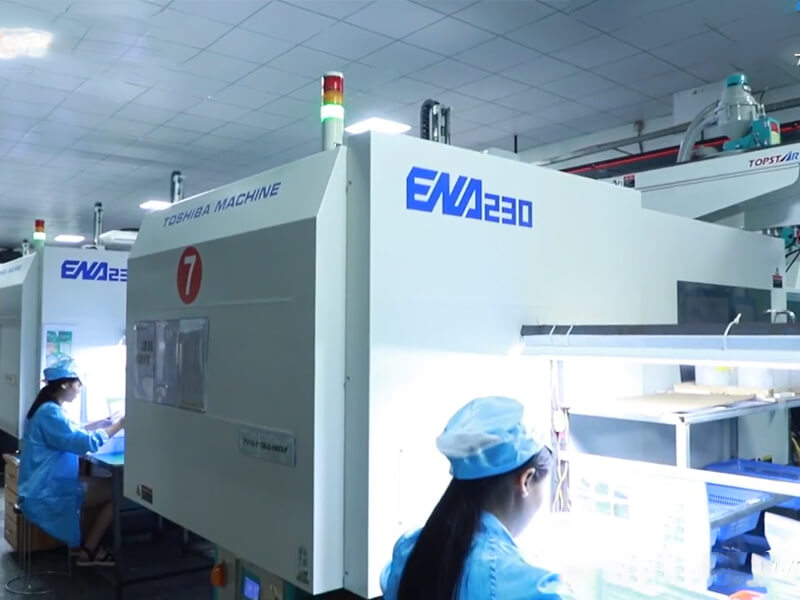
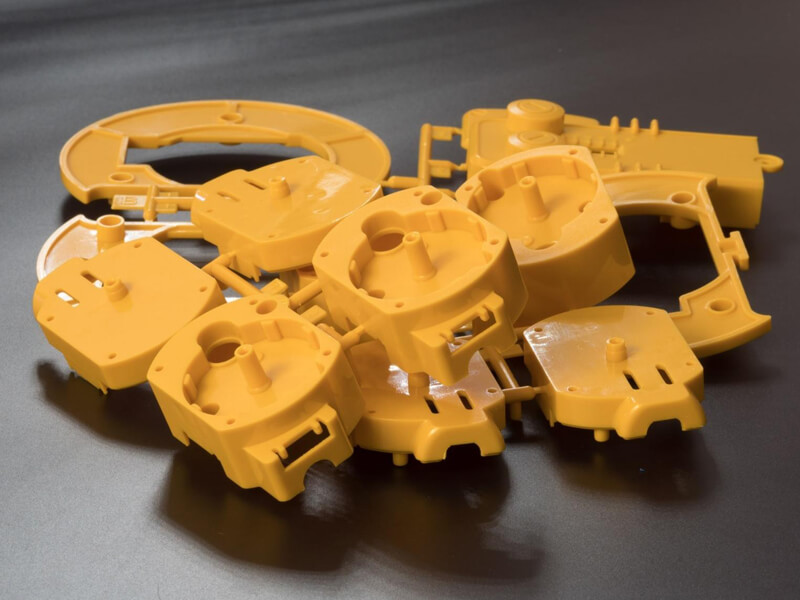
Get a free quote and design analysis today.
We’ll reply to you within 6 working hours.
We respect your privacy.
+86 139 2927 4777 (WhatsApp, Wechat)

